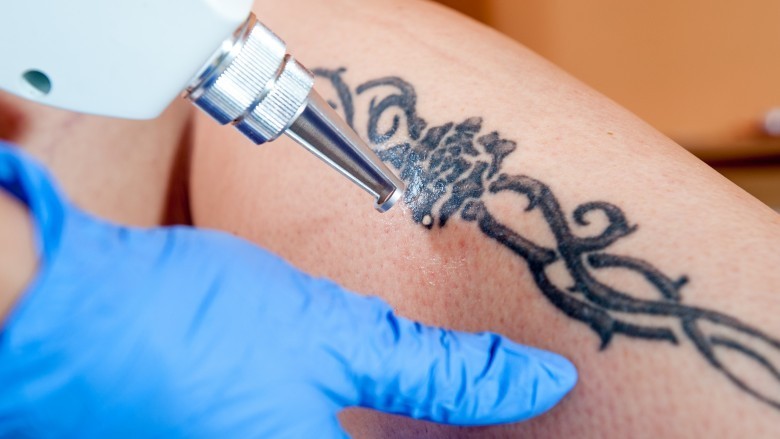Today, more individuals than ever are having tattoos and demographic figures suggest that about 3 percent currently have tattoos. A simple glance at every competitive basketball game shows that there is body art for more than half the participants. It has never been better to have a tattoo, mostly because of the use of disposable needles, but individuals with tattoos and anyone contemplating having one should always be aware of the fact that they might no longer want one sometime. Industry analysts suggest 50 percent of individuals with tattoos will consider losing them someday.
The good thing is that, when it comes to removing tattoos, patients have more choices today than ever before. New laser approaches have increased outcomes, decreased complications and broadened the number of patients that may benefit from this technology. It got to be an important decision to pick a dermatologist or a tattoo artist to remove a tattoo for you. Patients should strive to locate a doctor with tattoo removal expertise and supplies unique to them. Good questions to ask a prospective doctor include how many operations they have undergone to remove tattoos and whether they own or lease their lasers. Usually, doctors who own their lasers do more tattoo removal and have more realistic experience as well.
For tattoo removal, there have been presently three forms of lasers accessible: Alexandrite, YAG as well as Ruby. Everyone operates on various pigment colors and chemicals, however, depending on the purpose of a particular tattoo, the dermatologist or tattoo artist will use one or a mixture of lasers. It follows that you would like to choose a dermatologist who has the unique laser needed to remove your tattoo. The ink of a tattoo has been inserted into the skin’s dermal layer by ruptures in the top layer of the skin, or epidermis. In really short pulses, the laser beam is partially reflected by the colour of the tattoo ink.
This high energy allows the tattoo ink to break into tiny fragments of pigment that the body’s immune system subsequently destroys. In very many situations, up to 90%-95 % of a design will be erased by laser therapies, whether it’s a little symbol on a foot or a large design partially obscuring the back, although it will most likely take many sessions.
It is possible that a persistent herpes disease can emerge from tattoo removal treatment, so if he has a herpes disease in the tattoo area, a patient can alert his dermatologist. In certain cases where herpes is involved, the doctor will prescribe a preventative antibiotic subsequent to the tattoo extraction process. In addition, it is recommended that before getting a tattoo healed, patients should not go into the sun because skin burned by the sun responds more intensely to laser therapy.
At Inkden Tattoo, they provided the service of tattoo removal. They’ve got 9 years of tattoo removal training and more than 20 years of tattooing experience. With a 5-star hygiene rating, and as medical clinics, they use medical grade laser machines.



